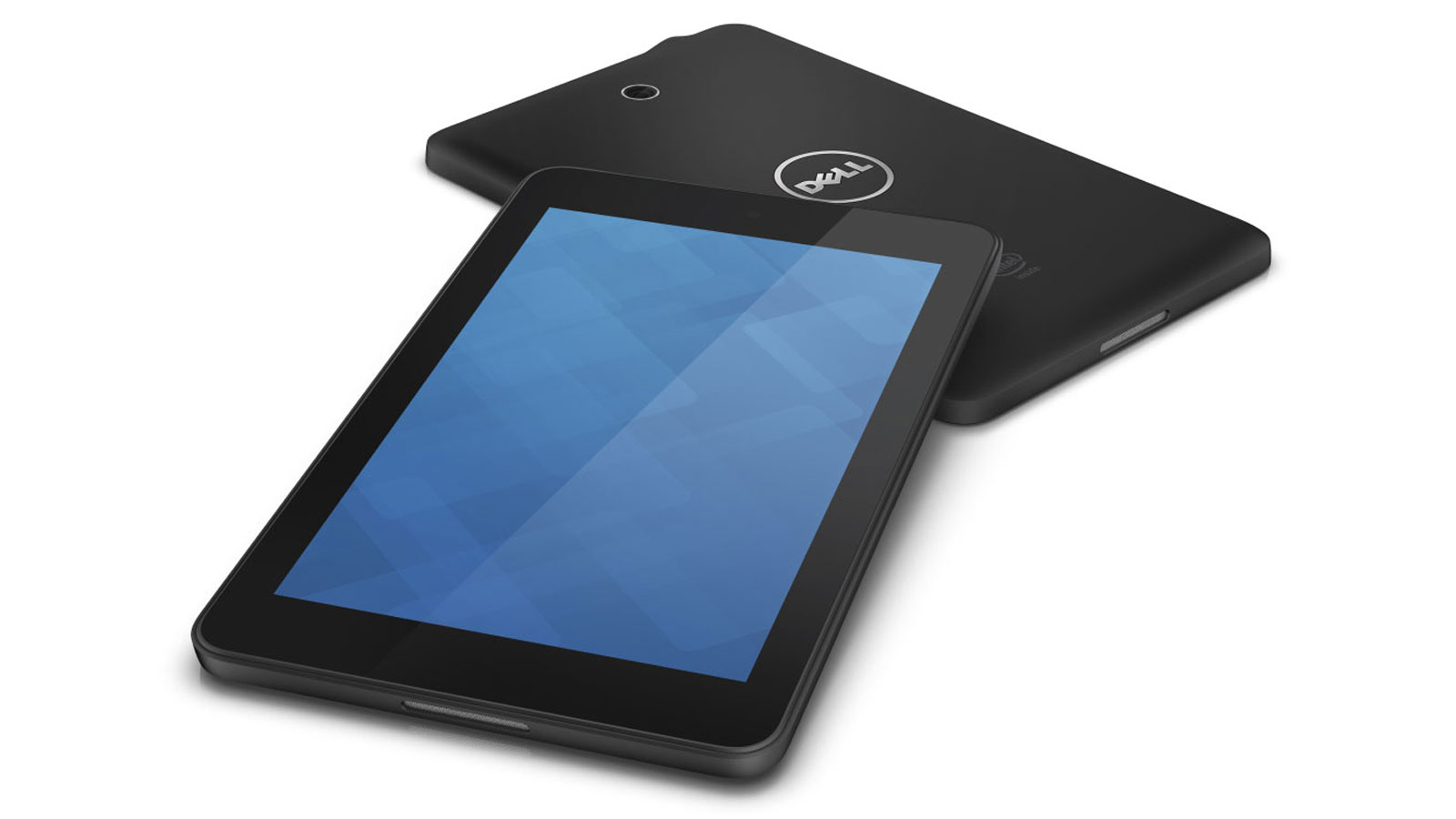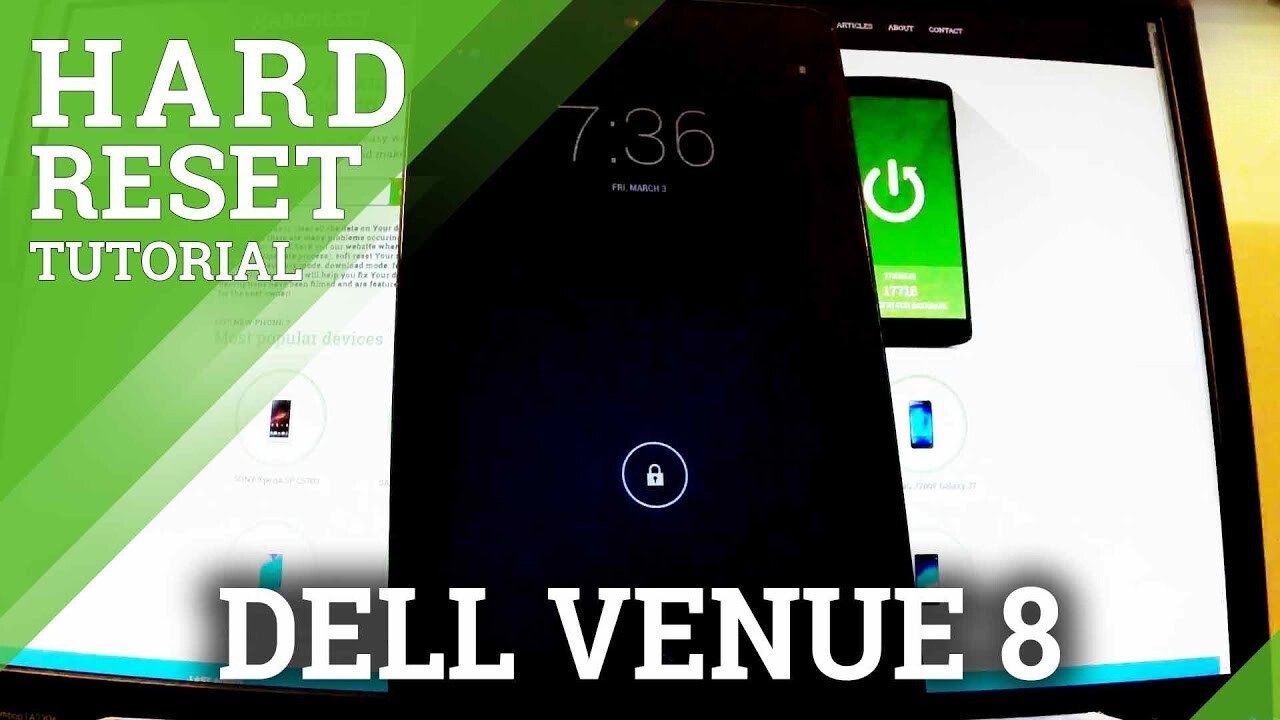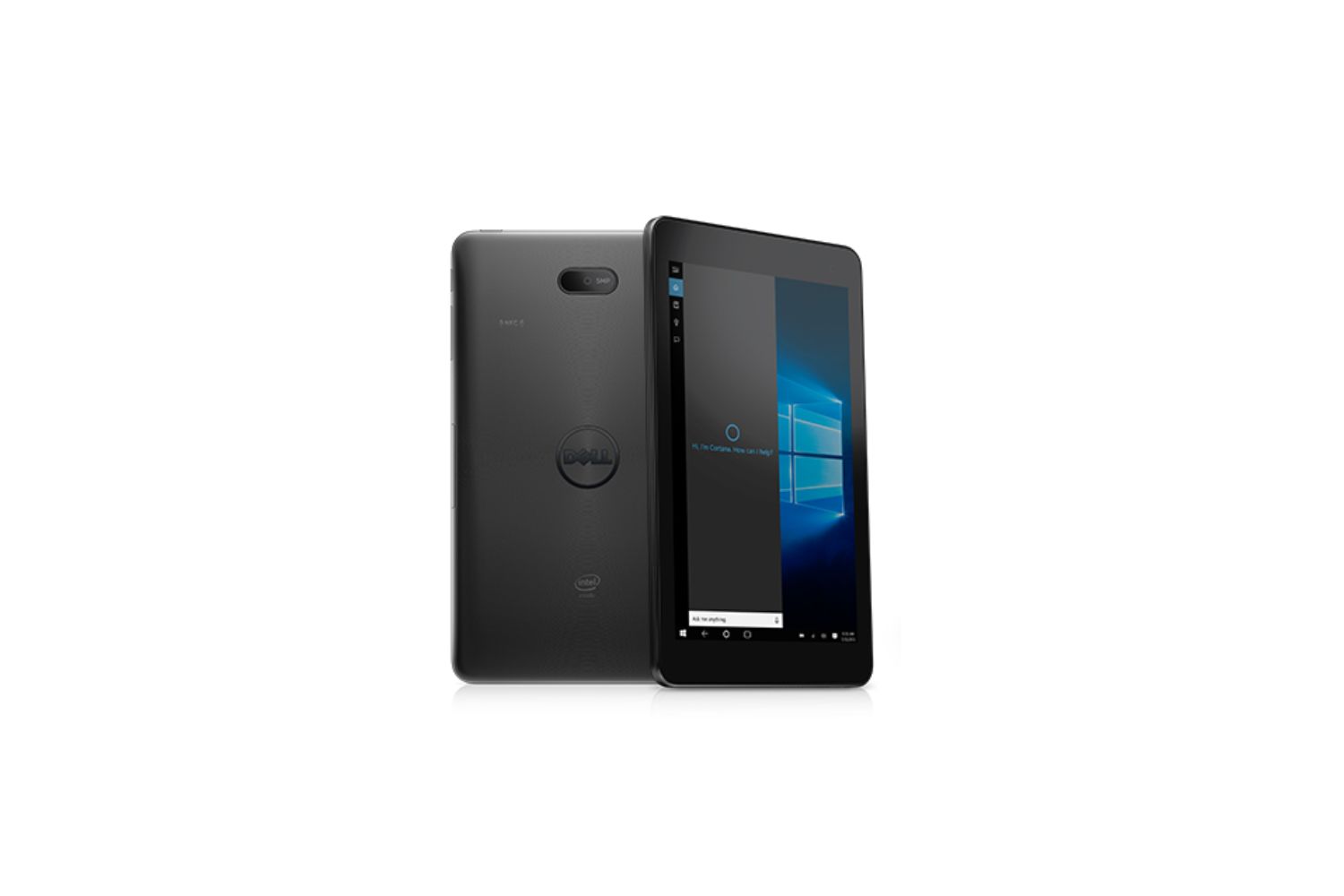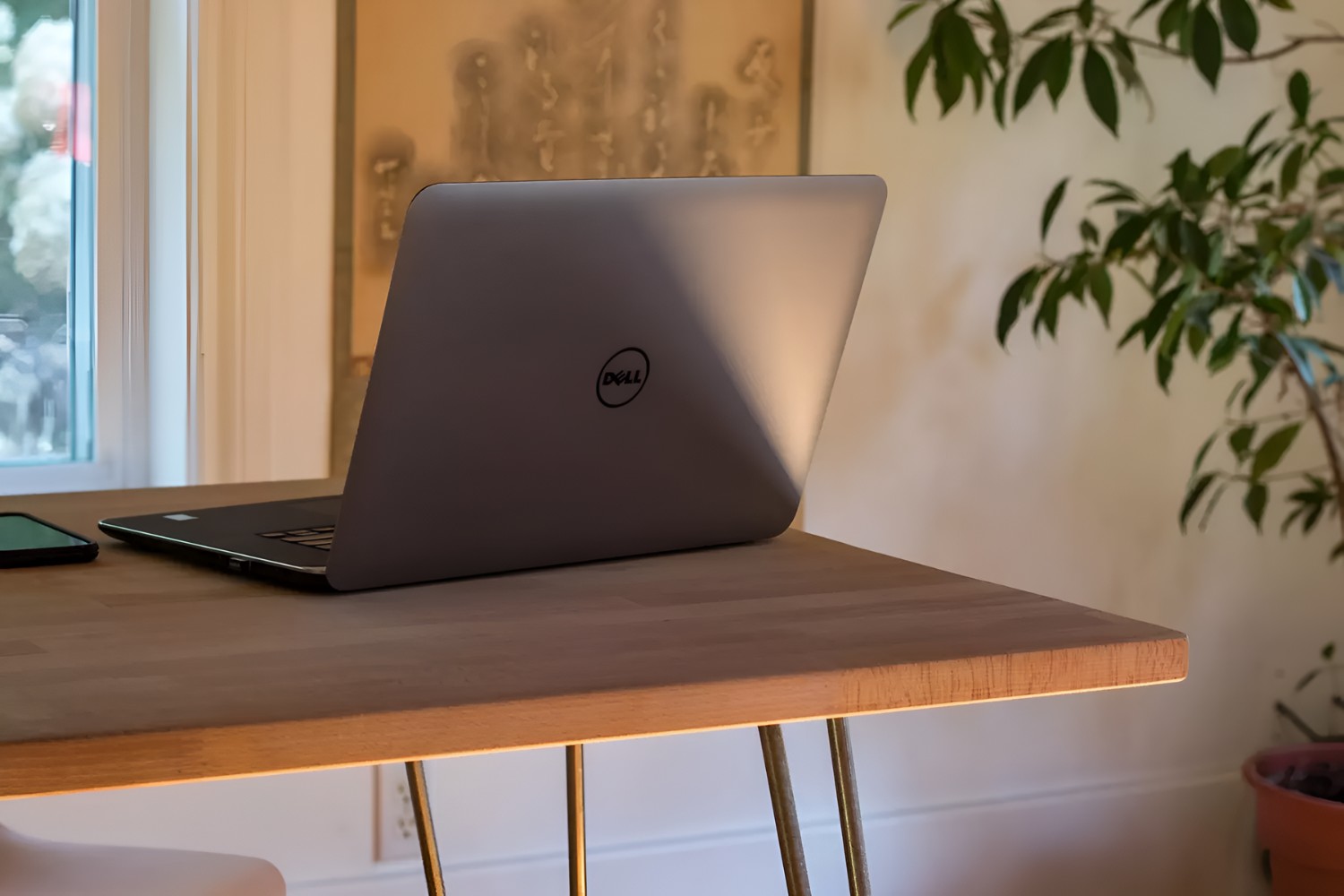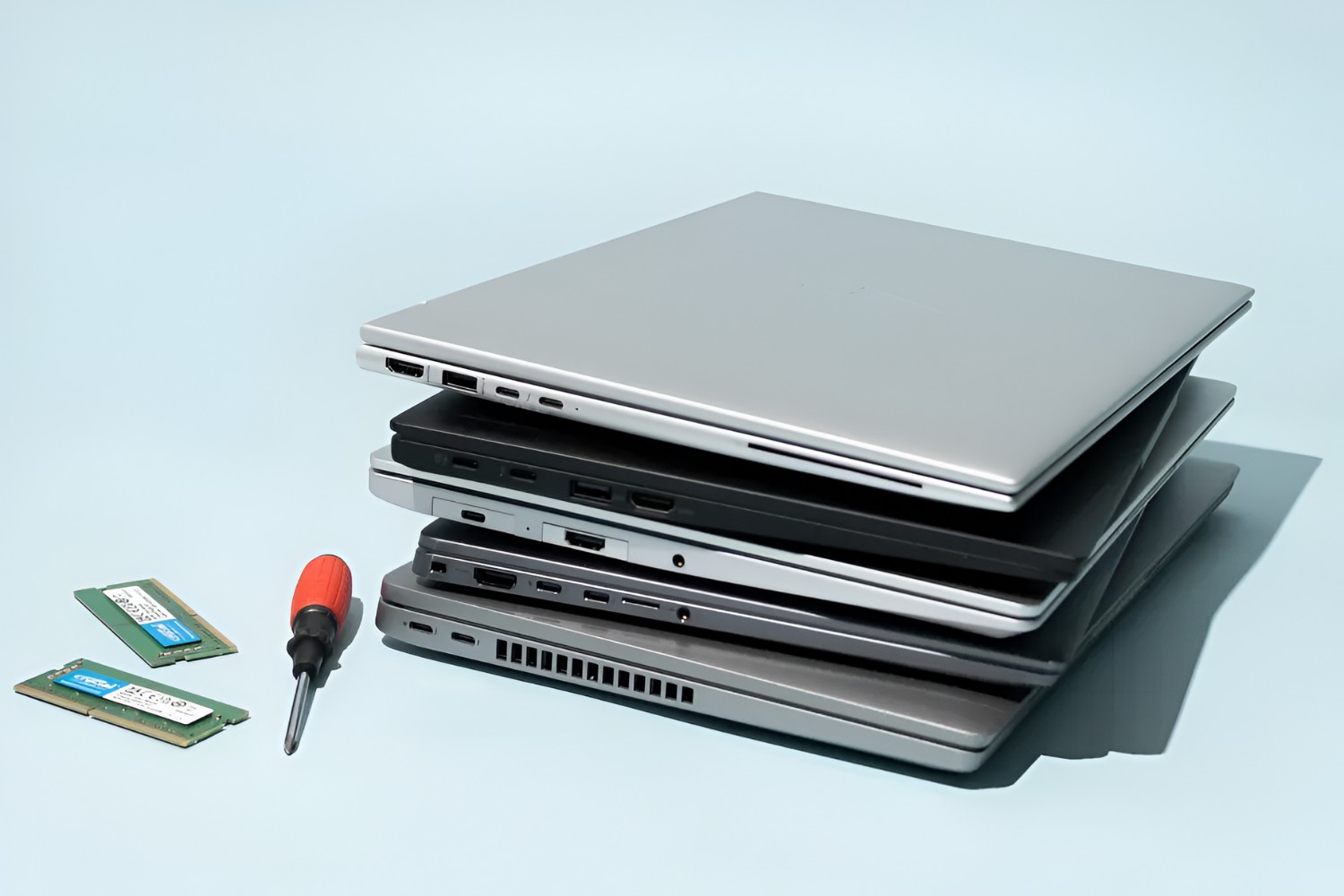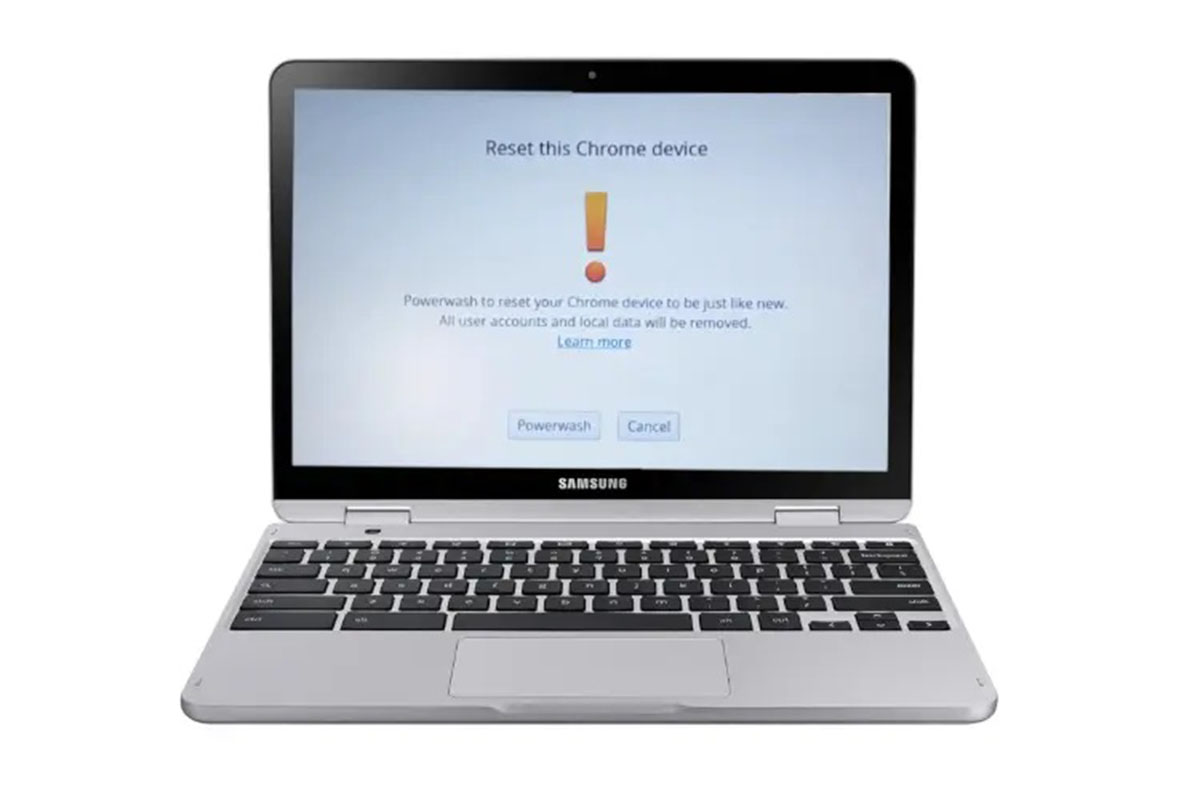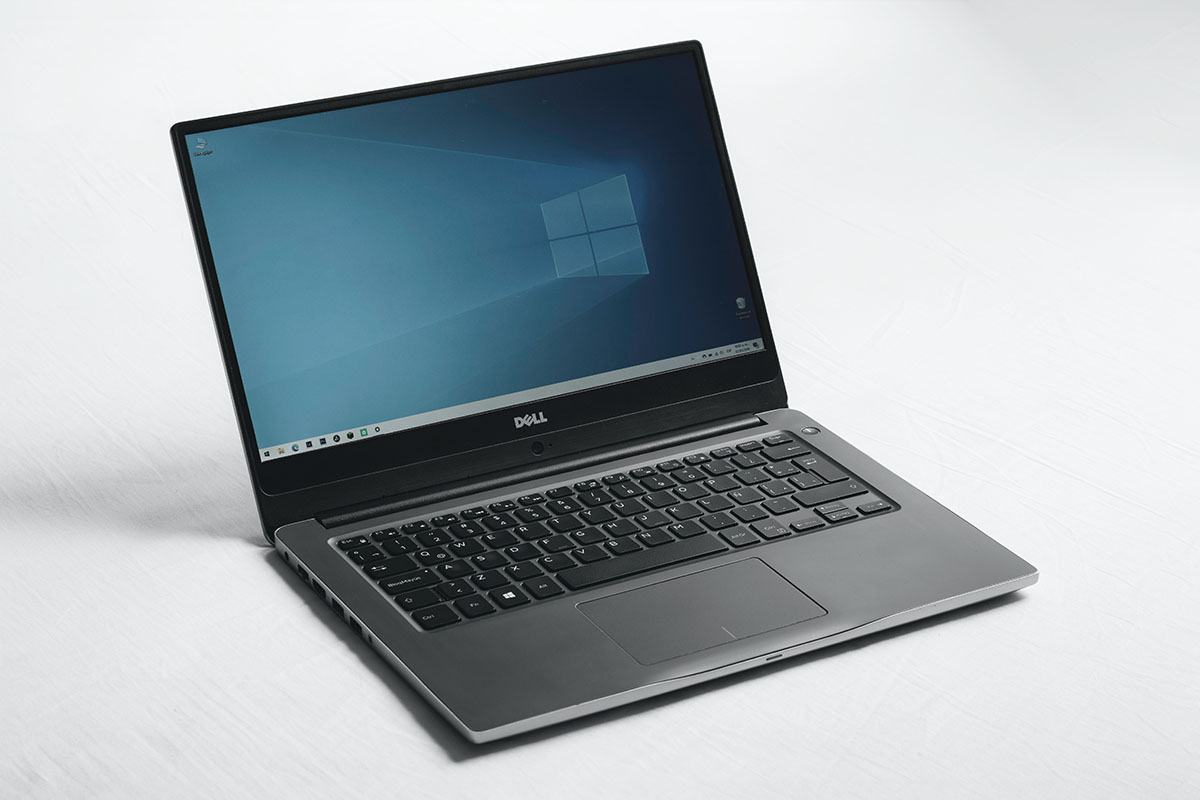Why Factory Resetting a Dell Tablet is necessary
Sometimes, despite our best efforts, our Dell tablets may start encountering issues that hinder their performance or functionality. Whether it’s sluggish performance, unresponsive apps, mysterious errors, or even a security breach, these problems can be frustrating and impact our productivity. In such situations, a factory reset can be a lifesaver.
A factory reset essentially erases all the data and settings on your Dell tablet, returning it to its original factory state. While it may seem drastic, there are several reasons why factory resetting become necessary:
- Resolving Software Glitches: Over time, the software on your tablet can accumulate temporary files, corrupted data, and conflicting settings. These issues can lead to erratic behavior, crashes, or even the complete inability to use certain features. By performing a factory reset, you can eliminate these software glitches and start with a clean slate.
- Improving Performance: If your Dell tablet has become noticeably slow or laggy, a factory reset can help improve its performance. The reset removes unnecessary applications and files, freeing up valuable storage space and RAM. This, in turn, can speed up app launches, reduce app crashes, and provide a smoother overall experience.
- Clearing Personal Data: Before selling, trading, or disposing of your Dell tablet, it’s crucial to ensure that all your personal data is removed. Simply deleting files or formatting the storage is not enough, as some data may still be recoverable. By performing a factory reset, you can rest assured that your personal information, including emails, photos, and login credentials, is effectively wiped from the device.
- Fixing Security Issues: If you suspect that your Dell tablet has been compromised by malware, viruses, or unauthorized access, a factory reset can help eliminate these security threats. By erasing all the existing data and settings, you can start fresh and mitigate any potential risks to your personal information and privacy.
In summary, factory resetting a Dell tablet is necessary to resolve software glitches, improve performance, clear personal data, and address security issues. Although it may seem like a drastic step, it can significantly enhance the functionality and reliability of your device. However, it’s important to remember that factory resetting will erase all your data, so it’s crucial to back up any important files or documents before proceeding with the reset process.
Backing Up Your Data before Resetting
Before you proceed with a factory reset on your Dell tablet, it’s crucial to back up all your important data. This ensures that you don’t lose any valuable files, photos, or documents during the reset process. Here’s a step-by-step guide on how to back up your data:
- Identify Your Data: Take some time to identify the data that you want to keep. This includes photos, videos, documents, contacts, and any other files that are important to you.
- Choose a Backup Method: There are several ways to back up your data. One option is to use cloud storage services such as Google Drive or Dropbox. These services allow you to upload your files to the cloud, ensuring that they are accessible from any device with an internet connection. Another option is to connect your tablet to a computer and manually copy your files to an external hard drive or USB flash drive.
- Backup Photos and Videos: If you have a large number of photos and videos on your tablet, consider using a cloud-based photo and video backup service, such as Google Photos or iCloud. These services automatically back up your media files and provide convenient access to them from any device.
- Sync Contacts and Calendars: If you want to save your contacts and calendar events, make sure they are synced with an online account, such as Google or Microsoft Outlook. This way, you can easily restore them on your tablet after the factory reset.
- Save App Data: Some apps, such as note-taking or password manager apps, allow you to back up your data within the app itself. Check if your important apps support data backup and initiate the backup process before resetting your tablet.
- Verify Your Backup: Once you have completed the backup process, take a moment to double-check that all your important data is correctly backed up. Open a few files, view your photos, and ensure that everything is intact.
Backing up your data before resetting your Dell tablet gives you peace of mind, knowing that your important files are safe and easily recoverable. It also minimizes the risk of losing any information that is crucial to your work, studies, or personal life. Remember, a factory reset will erase all the data on your tablet, so it’s essential to take the necessary steps to safeguard and preserve your information.
Steps to Factory Reset Dell Tablet
Performing a factory reset on your Dell tablet is a straightforward process. However, it’s important to note that the exact steps may vary slightly depending on the model and operating system of your device. Here’s a general guide to help you through the factory reset process:
- Backup Your Data: Before proceeding with a factory reset, follow the steps mentioned earlier to back up all your important data. This ensures that you don’t lose any valuable files during the reset process.
- Power Off Your Tablet: Start by powering off your Dell tablet completely. Press and hold the power button until the device shuts down. This ensures that the reset process begins from a powered-off state.
- Enter Recovery Mode: Depending on the model, you will need to press a specific combination of buttons to enter recovery mode. Common methods include holding down the volume up or down button while simultaneously pressing the power button. Refer to your tablet’s user manual or the Dell support website for the correct combination of buttons for your specific model.
- Navigate the Recovery Menu: Once you have entered recovery mode, use the volume up/down buttons to navigate through the options and the power button to select. Look for the option that says “Factory Reset” or “Wipe Data/Factory Reset.” The exact wording may vary, but it should be clear that it resets the device to its factory settings.
- Confirm the Reset: After selecting the factory reset option, you will be prompted with a confirmation screen. Double-check that you have backed up all your important data, as the reset will permanently erase all the files and settings on your tablet. If you’re sure, confirm the reset and proceed with the process.
- Wait for Reset to Complete: The factory reset process may take a few minutes to complete. During this time, your Dell tablet will erase all the data and settings, restoring it to its original factory state. Ensure that your device is connected to a power source to prevent any interruptions during the reset.
- Set up Your Tablet: Once the reset is complete, your Dell tablet will restart. Follow the on-screen instructions to set up your tablet, including selecting your preferred language, connecting to Wi-Fi, and signing in with your Google or Microsoft account. You can then start reinstalling your apps and restoring your backed-up data.
By following these steps, you can effectively perform a factory reset on your Dell tablet. It’s essential to note that the process will erase all your data and settings, so ensure that you have backed up everything necessary. Additionally, if you encounter any issues or have specific questions regarding the factory reset process, consult the Dell support website or reach out to their customer support for assistance.
Troubleshooting Common Issues
While factory resetting a Dell tablet can resolve many problems, there may be instances where the issues persist even after the reset. In such cases, it’s helpful to troubleshoot and address common issues before considering other solutions. Here are some troubleshooting steps to try:
- Update Software: Ensure that your Dell tablet is running the latest software updates. These updates often include bug fixes, performance improvements, and security patches that can resolve many issues. Go to the Settings menu, look for the “Software Update” or “System Update” option, and check for any available updates.
- Clear App Cache and Data: Certain apps can accumulate cache files and data over time, leading to performance issues. Go to the Settings menu, select “Apps” or “Applications,” and tap on the problematic app. From here, you can clear the cache and data associated with the app, which can help resolve crashes and other app-related issues.
- Check Storage Space: Insufficient storage space on your tablet can cause performance problems and lead to app crashes. Go to the Settings menu, select “Storage,” and check the available storage space. If it’s running low, consider removing unnecessary files or moving them to an external storage device to free up space.
- Disable Problematic Apps: If you notice that a specific app is causing issues on your tablet, try disabling or uninstalling it. Go to the Settings menu, select “Apps” or “Applications,” and locate the problem app. From here, you can disable or uninstall the app, which can help alleviate any associated issues.
- Perform a Soft Reset: A soft reset can help resolve temporary glitches and minor software issues. Simply restart your Dell tablet by pressing and holding the power button until the restart option appears. Select the restart option to perform a soft reset and see if it resolves the problem.
- Factory Reset (if necessary): If the issues persist despite trying the troubleshooting steps above, a factory reset may still be required. Follow the steps outlined in the previous section to perform a factory reset on your Dell tablet. Remember to back up your data before proceeding, as a factory reset will erase all your files and settings.
By troubleshooting common issues before resorting to a factory reset, you may be able to resolve the underlying problems more efficiently. However, if the issues persist despite your efforts, it may be necessary to seek further assistance from Dell’s support team or a professional technician who can diagnose and address the specific problem.
What to Do After Factory Resetting
After factory resetting your Dell tablet, there are a few crucial steps you should take to ensure a smooth transition and get your device back to its optimal functionality. Here’s what you should do after performing a factory reset:
- Set Up Your Tablet: Follow the on-screen instructions to set up your Dell tablet after the reset. This includes selecting your preferred language, connecting to Wi-Fi, and signing in with your Google or Microsoft account. Make sure to use the same account that you used for backing up your data, as it will make it easier to restore your files and settings.
- Restore Backed-Up Data: If you have previously backed up your data, now is the time to restore it. Connect to your cloud storage account or plug in the external storage device you used for backup. Copy your files back to your Dell tablet and organize them into their respective folders. If you used cloud-based services for specific data, such as contacts, calendar events, or photos, they should automatically sync and restore to your tablet.
- Reinstall Apps: With a factory reset, all the apps that were previously installed on your tablet will be removed. Visit the app store, such as the Google Play Store or Microsoft Store, and reinstall the apps you regularly use. Take this opportunity to review your app selection and consider installing only the ones that are essential to your daily activities, reducing clutter and improving performance.
- Configure Settings: After reinstalling your apps, take some time to customize the settings to your preferences. Adjust display brightness, notification settings, privacy options, and any other settings that are important to you. This will ensure that your tablet is optimized for your individual needs and usage habits.
- Enable Security Measures: Prioritize the security of your Dell tablet by enabling necessary security measures. This includes setting up a strong lock screen pattern, PIN, or password. Consider enabling biometric authentication, such as fingerprint or face recognition, if your device supports it. Additionally, install a reliable antivirus and security app to protect your tablet from malware and other threats.
- Stay Updated: Regularly check for software updates on your Dell tablet. These updates often include important bug fixes, performance enhancements, and security patches. Keeping your tablet up to date with the latest software will ensure that you have the most stable and secure user experience.
Taking these steps after factory resetting your Dell tablet will help you restore your data, personalize your settings, and optimize your device for your specific needs. It’s also essential to maintain good digital hygiene by regularly backing up your data, keeping your software updated, and being cautious about the apps you install and the websites you visit. Your Dell tablet will now be refreshed and ready for you to enjoy its performance and features as if it were brand new.







